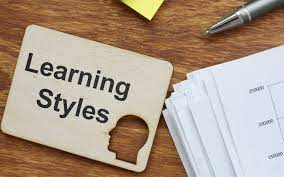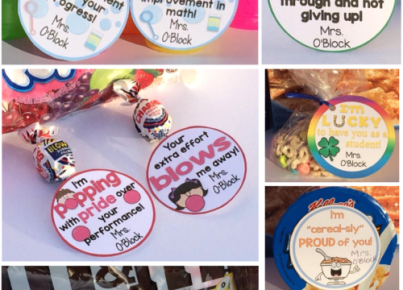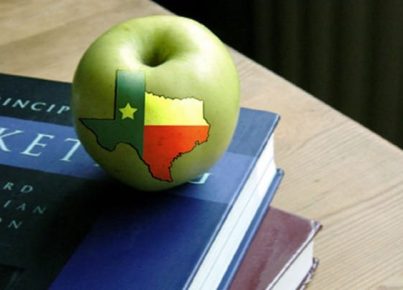Introduction
Learning styles are the preferred ways in which individuals understand, retain, and apply information. As educators, it is crucial to understand that there is no one-size-fits-all approach to teaching. Instead, by taking into account the varied learning styles and adapting teaching methods accordingly, we can better support and challenge each student to succeed.
Learning style theories propose that people naturally process information differently and have unique approaches to problem-solving. The better students understand their learning style preferences, the more effectively they can adapt to both tests and exams. Let’s explore some of the most common learning styles and how they can be leveraged to excel in exams.
Visual Learners
Visual learners thrive when information is presented in a visual format such as diagrams, charts, or images. They retain information best when they can visualize concepts and see connections between ideas. To succeed in tests and exams, visual learners can benefit from strategies like:
1. Using flashcards to review key concepts and vocabulary.
2. Creating mind maps or visual outlines for organizing information.
3. Drawing diagrams or flowcharts to represent complex processes.
Auditory Learners
Auditory learners retain information best when they hear it spoken aloud. They are at ease with oral instructions and often excel during lectures or group discussions. Auditory learners can optimize their exam preparation by:
1. Attending review sessions or forming study groups where material is discussed aloud.
2. Recording lectures when permitted and listening back later for enhanced understanding.
3. Reading study materials out loud or using text-to-speech apps.
Kinesthetic Learners
Kinesthetic learners gain knowledge best when they can physically interact with the material through hands-on activities, experiments, or movement-based tasks. They may struggle with traditional lecture-based lessons but excel when actively engaged in their learning process. Strategies for kinesthetic learners include:
1. Incorporating physical activities or short movement breaks during study sessions.
2. Simulating real-life scenarios related to the subject matter.
3. Using tangible objects or manipulatives to explore abstract concepts.
Learning Styles Tests
To identify one’s preferred learning style, individuals can take a learning styles test or questionnaire. Typically, these assessments pose a series of questions about how a person processes information, approaches problem-solving, and retains knowledge. After completion, the results indicate an individual’s dominant learning style and provide practical suggestions for optimizing their study habits.
Maximizing Potential in Exams
Through a combination of self-awareness, targeted study strategies, and helpful accommodations when necessary, students can successfully adapt to the unique challenges that tests and exams present. By understanding their learning styles, students can work more efficiently and effectively toward academic success.





